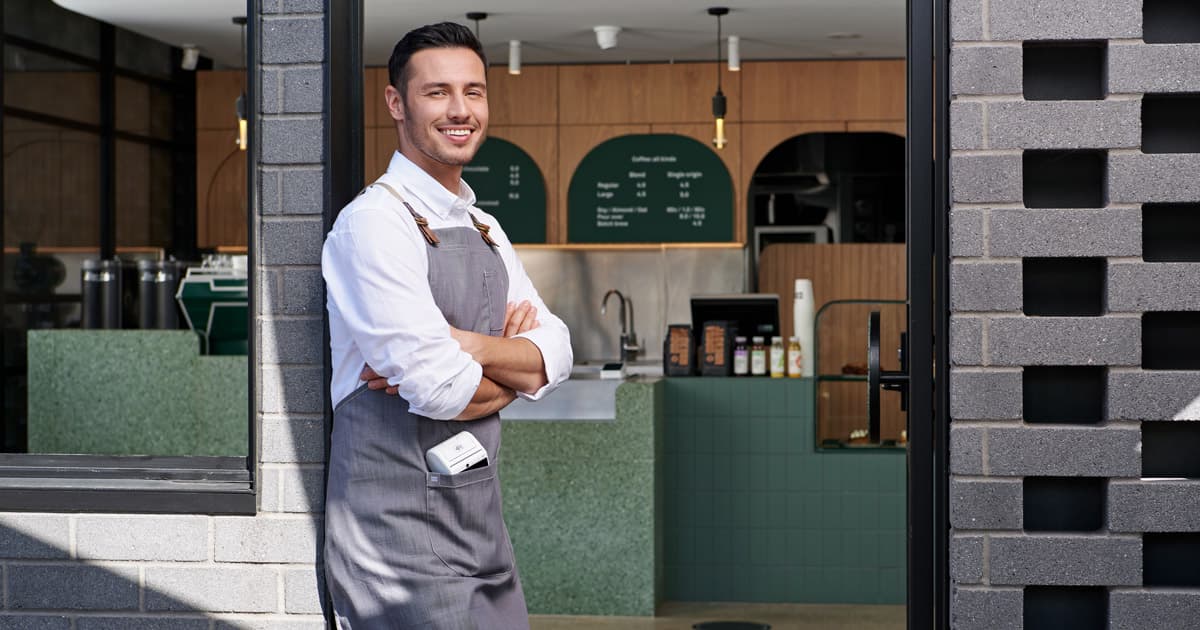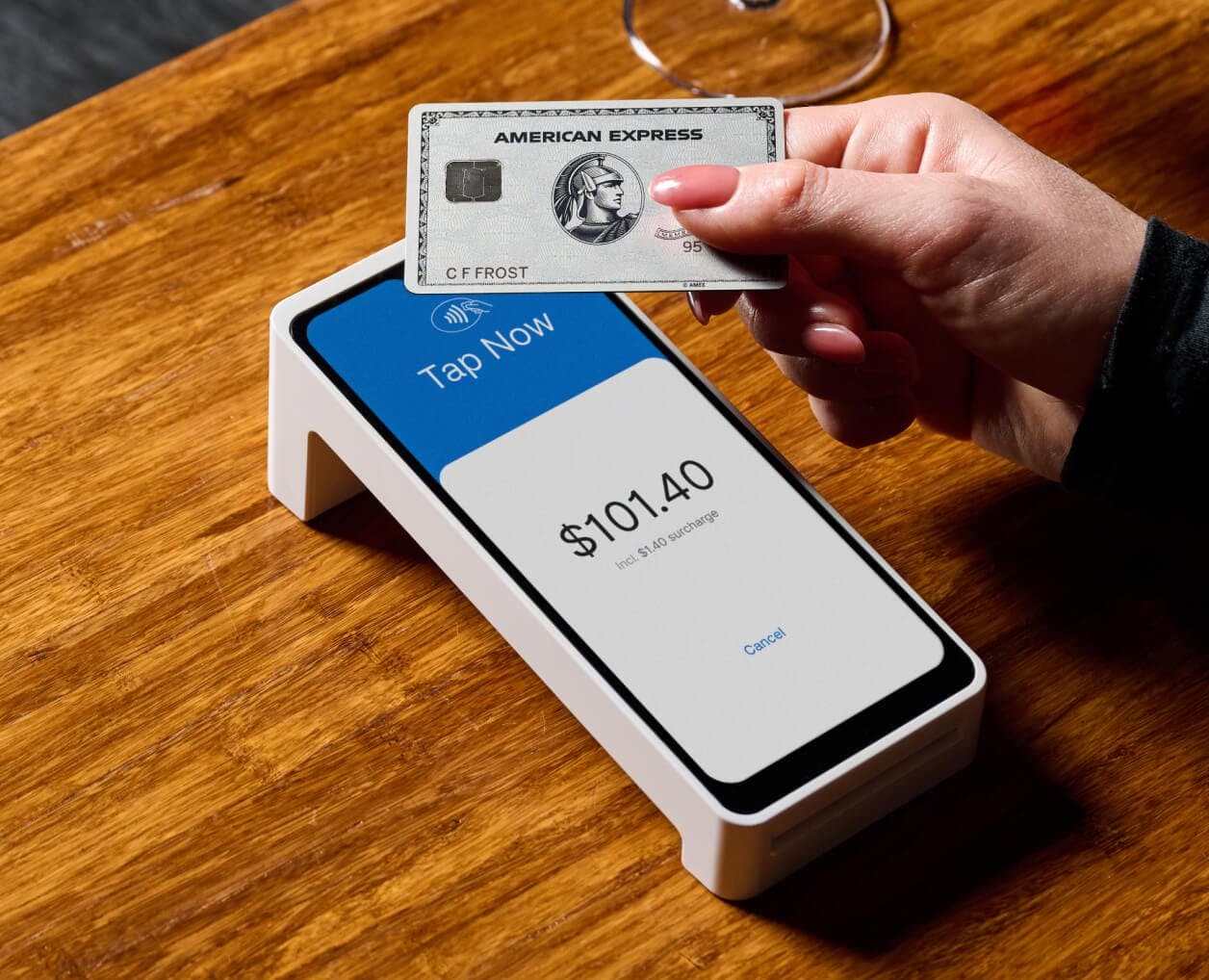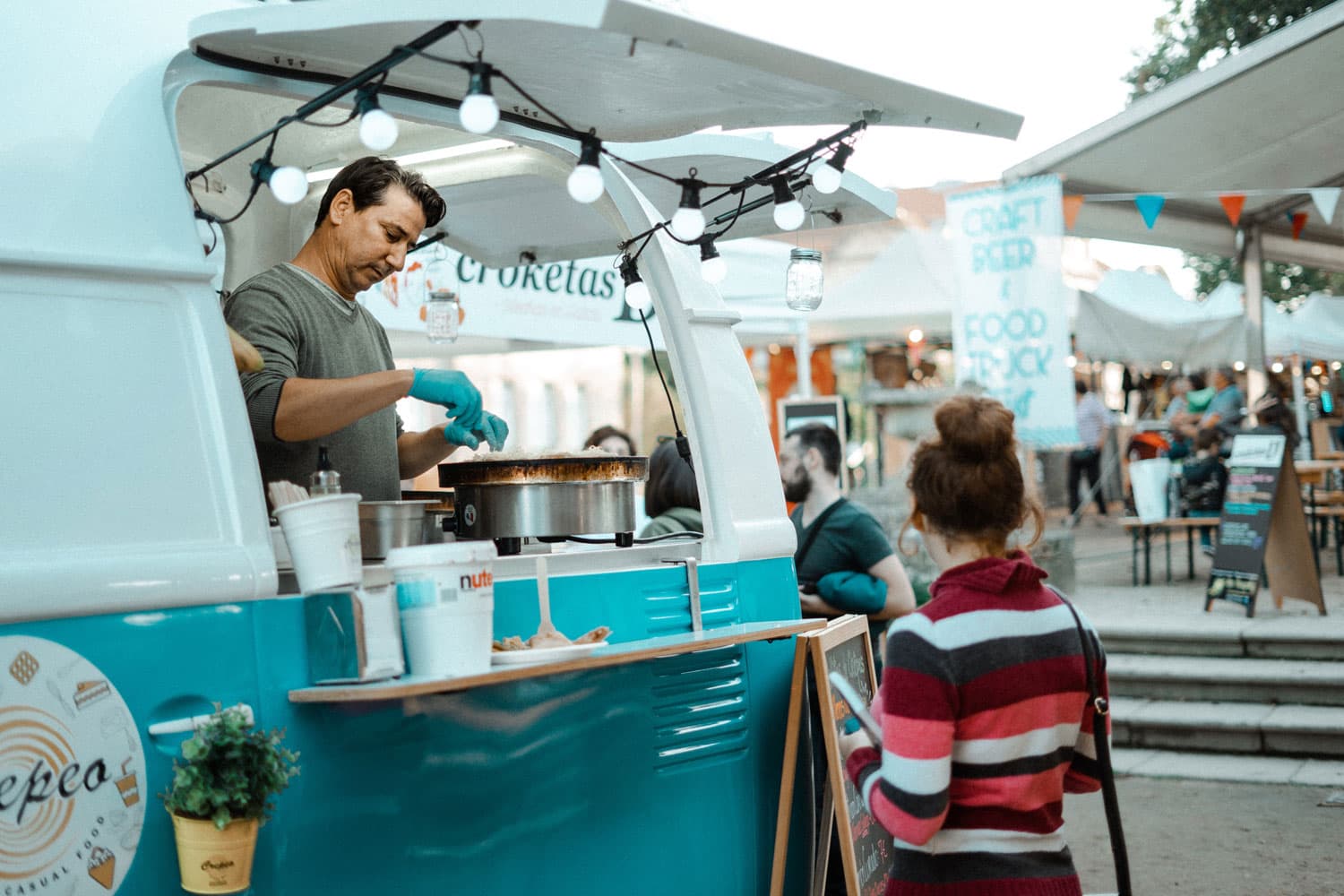
- Business Growth & Optimisation
5 Local SEO Tips for Small Businesses
Here’s how to make sure your business shows up in the right search results.
The digital revolution of the last decade has made finding a solution to a problem simple. Whether you’re looking for a local mechanic, the best coffee nearby, or a last-minute gift, a quick Google search will reveal your options — and it’s the same for your customers. In fact, 97% of people now go online to look for local businesses.
Understanding how to market a small business locally is crucial to attracting new customers. As restrictions ease across several states, people are primed to spend their money supporting local businesses. With so many consumers turning to the web for recommendations, it’s critical your business ranks highly in the search results that best match your business. This is where local SEO is key.
Search engine optimisation (SEO) is a strategy that helps you land a higher spot on Google’s search results pages, and it’s something that any local business can benefit from. Your goal? Get in the Google 3-Pack for the search terms that best fit your business.
What is the Google 3-Pack?
When you type a search into Google, the results page delivers the most relevant results. Google has always worked this way. However, over time, it has discovered a way to provide even more relevant search results for queries.
After analysing trillions of searches, the brains behind Google realised the importance of proximity; people tend to search for things “close to me”. This is called a query with local intent, and it’s the reason why Google’s algorithm now factors in your location when you make a search — so it can provide the most geographically relevant results. Thanks to location sharing, Google now does this for you — whether you include a location in your search or not.
Here’s where the Google 3-Pack comes into play: it’s a method Google uses to display the top three geographically relevant results at the top of each page.
For example, if you’re looking for fresh laksa for dinner, searching “laksa delivery” in Google will turn up a list of locations near your house. If you searched the same term from your city office, Google would return different results relevant to that new location.
While registering your location may seem like a relatively new development, local search has been a fixture for years — yet customers were tethered to their desktop computer to do it. These days, thanks to the rise of mobile usage, mobile search has become an extremely powerful tool for local businesses.
Here’s how to get your business on the maps of local searchers.
1. Have an active Google My Business listing
First thing’s first, you need to activate your Google My Business listing. Follow the steps in our blog post to get started.
This alone will do wonders for your SEO ranking, which has a waterfall effect on the health of your business overall — as it’s how the majority of customers will find you. In fact, people are 70% more likely to visit businesses that have a Google My Business listing.
Aside from SEO benefits of activating your Google My Business listing, in doing so you are making your business more accessible to customers. Once you complete your listing, people will be able to view important details about your business — including opening hours, contact numbers, website links and images, helping them to make a decision about whether your business has what they want or need.
2. Get reviews
Reviews are highly persuasive marketing materials. If Google users have endorsed or rated your business, an average star rating will appear on your profile. If it’s a high rating, chances are it’ll make you stand out from other businesses on the 3-Pack. It’s a powerful metric that could be the difference between a glance online and a sale.
Consumers tend to trust the word of another, impartial consumer over businesses themselves — so it’s important you maintain a strong online reputation. In fact, almost 84% of consumers trust online reviews as much as personal recommendations, so you can essentially consider every positive review a personal endorsement. That’s why reviews have the power to drive foot traffic, perhaps more than any other detail on your Google My Business listing.
3. Localise your content
Localised content can sway your Google search ranking. Put simply, this means you need to include your suburb and any other common area name in your website copy. Or, you could take this a few steps further and create blog content that naturally weaves local terms into the copy.
If your business has multiple shopfronts, it’s important to build dedicated local landing pages for each of your different locations. These pages should feature important details such as your address, phone number, optimised title tags, and meta descriptions. For example, if you own a café brand that operates in different locations, not only should they each have dedicated Google My Business Profiles, but they should each have a dedicated page on your website.
4. Localise your links and backlinks
Links and backlinks are inbound and outbound redirects to and from other websites and they can build trust and authority around your business, increasing your business’s chance of appearing in the 3-Pack. Ways you can cultivate links include sponsoring events, supporting local charities, or partnering with other businesses. The more locally relevant those links are, the better.
When a backlink to your page appears on other websites, it creates another channel of web traffic — which in turn boosts your SEO performance, so even if you don’t appear in the 3-Pack, your organic ranking will still be high on the search results page.
5. Keep your online profile up-to-date
Once you have your online profile up to scratch, it’s important to keep it up to date. When your profile is accurate, it can amplify your business’s visibility in Google search results — driving more foot and web traffic. However, if your profile directs customers to your businesses when the doors or closed, or to your old location, you risk losing valuable business. Therefore, it’s important to keep your details consistent across all online profiles, especially while lockdowns and easing restrictions can affect opening hours.
It’s also important to ensure you’re regularly updating your profile. The fact that there are photos on your profile could see you receive as much as 35% more clicks and 42% more requests for directions than businesses that don’t. So, when a new product line or menu item is released, take a quick snap and share it to your profile to attract more customers.
Sign up to our Business Blog to cash in on valuable insights sent straight to your inbox.


